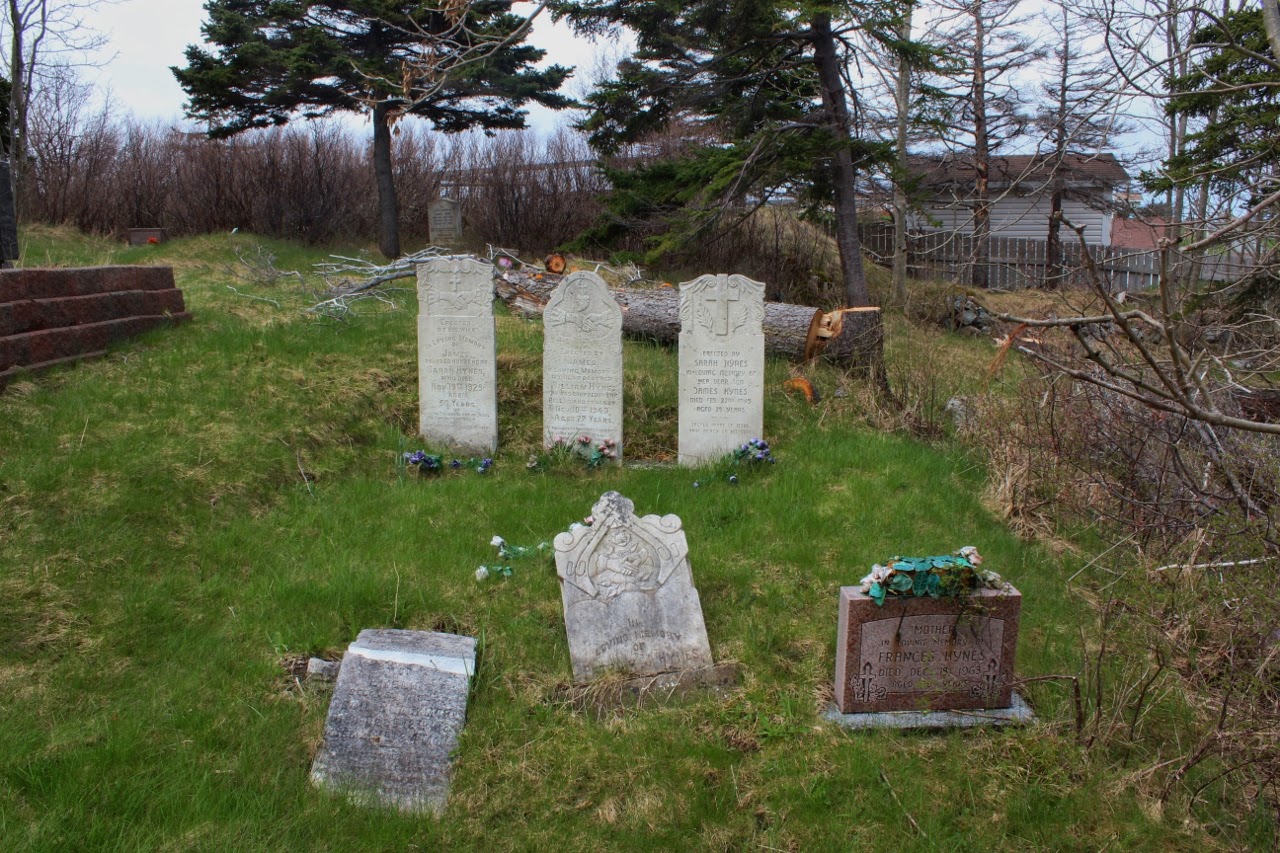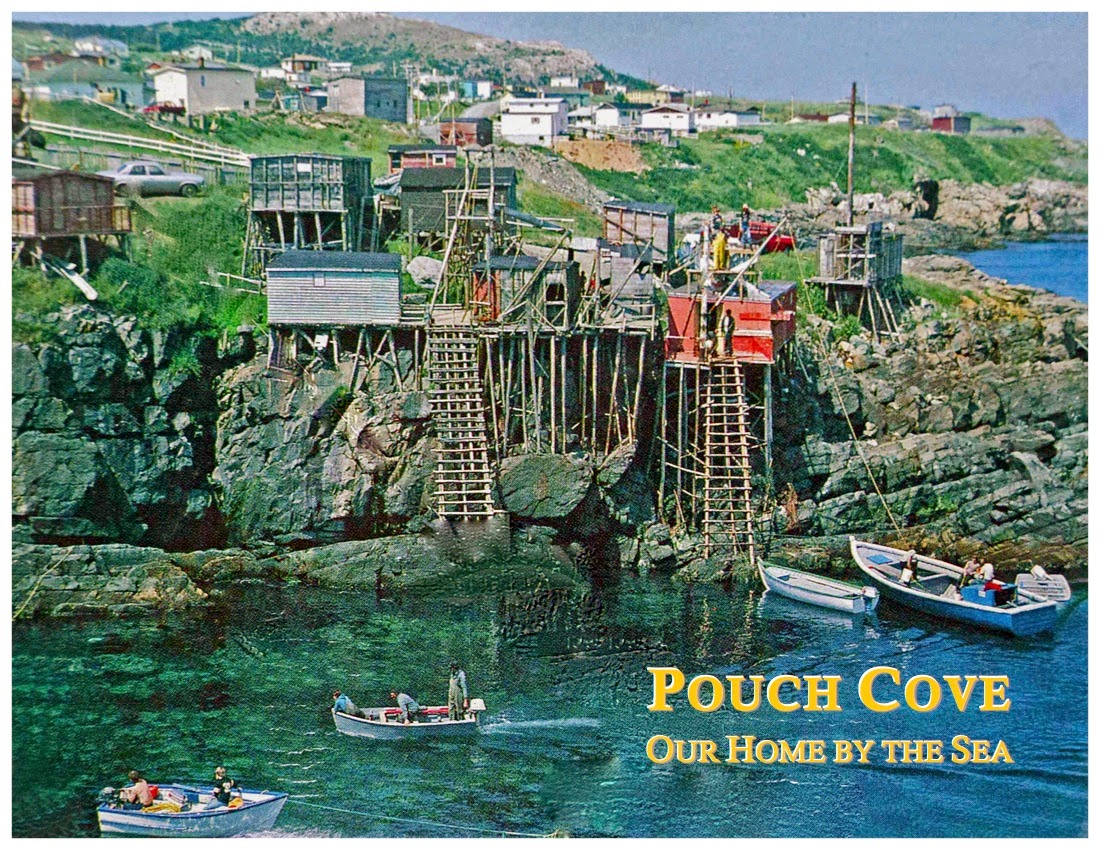This summer, folklorist Crystal Braye of the Wooden Boat Museum of NL and Lois Bragg of the Marine Institute are travelling around the island measuring and documenting wooden boats, and recording the work of traditional Newfoundland boatbuilders. As part of the outreach work of the museum, the ICH office is partnering with them to deliver a series of workshops on intangible cultural heritage and oral history along the way.
Yesterday was the first of our oral history workshops, held at the lighthouse in Twillingate. The workshop space was fantastic, with probably the best view of any workshop I've ever given, looking out at hundreds of icebergs and bergy bits. The workshop room was also conveniently placed above the fog horn, shown above, which punctuated our meeting as the fog rolled in and out throughout the afternoon.
We heard great stories, and local residents helped us identify a mystery woman in one of our oral history collections: broadcaster Hiram Silk had interviewed a Twillingate woman in the 1980s, but had identified her only as "Miss Anstey." We listened to the interview, and people were quick to name her as Mary Anstey, or "Aunt Polly" Anstey, to differentiate her from another Mary Anstey in the community. You can listen to that interview with Mary "Polly" Anstey on Memorial University's Digital Archives Initiative.
Lois and Crystal are shown below, taking the lines of a wooden boat outside the lighthouse at Twillingate. They are going to be working in the Twillingate area till July, and then moving on to Trinity. If you know of boat builders or wooden boats in those areas, they would love to track them down. Drop me a line at ich@heritagefoundation.ca and I'll put you in touch. The next workshops in our series are in Trinity on July 15th and 16th. More info on those workshops here.































.jpg)









